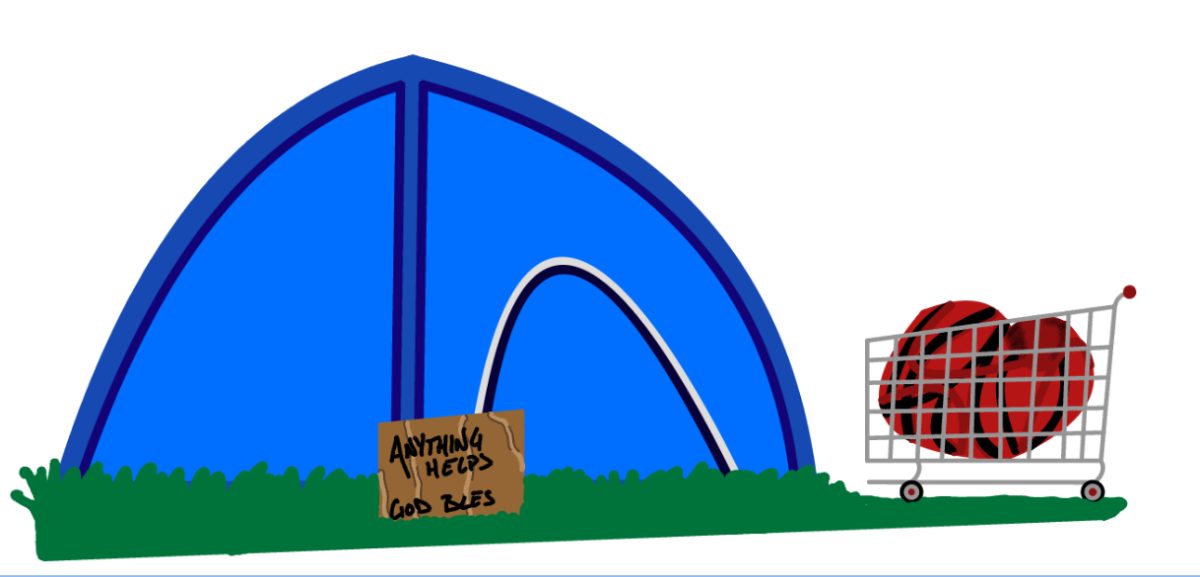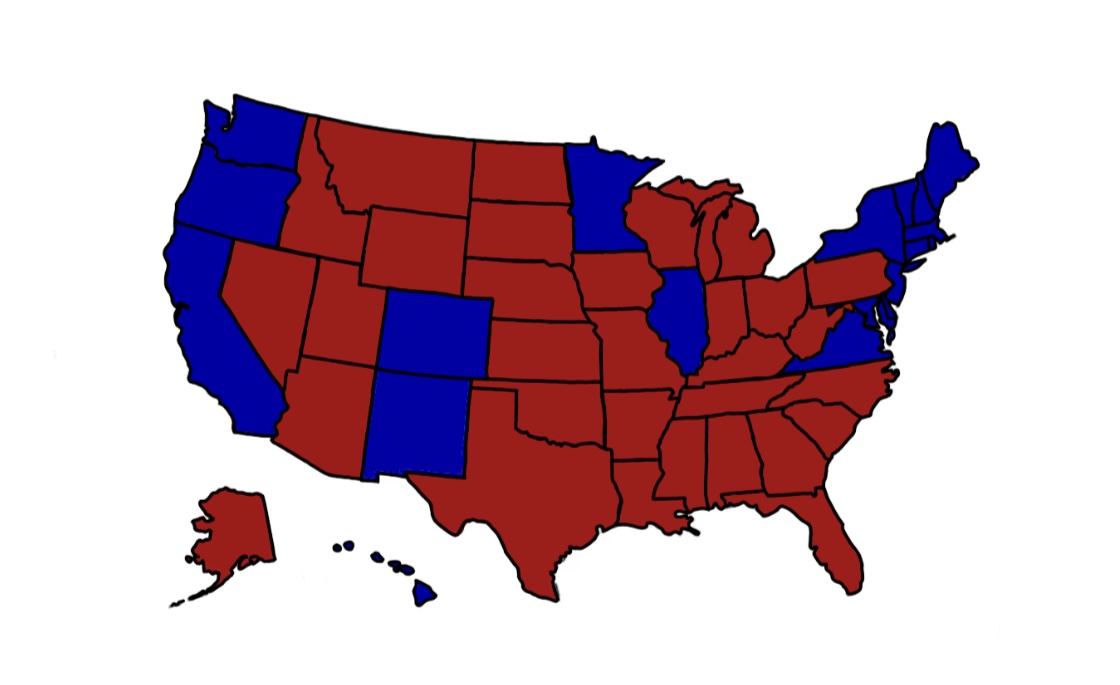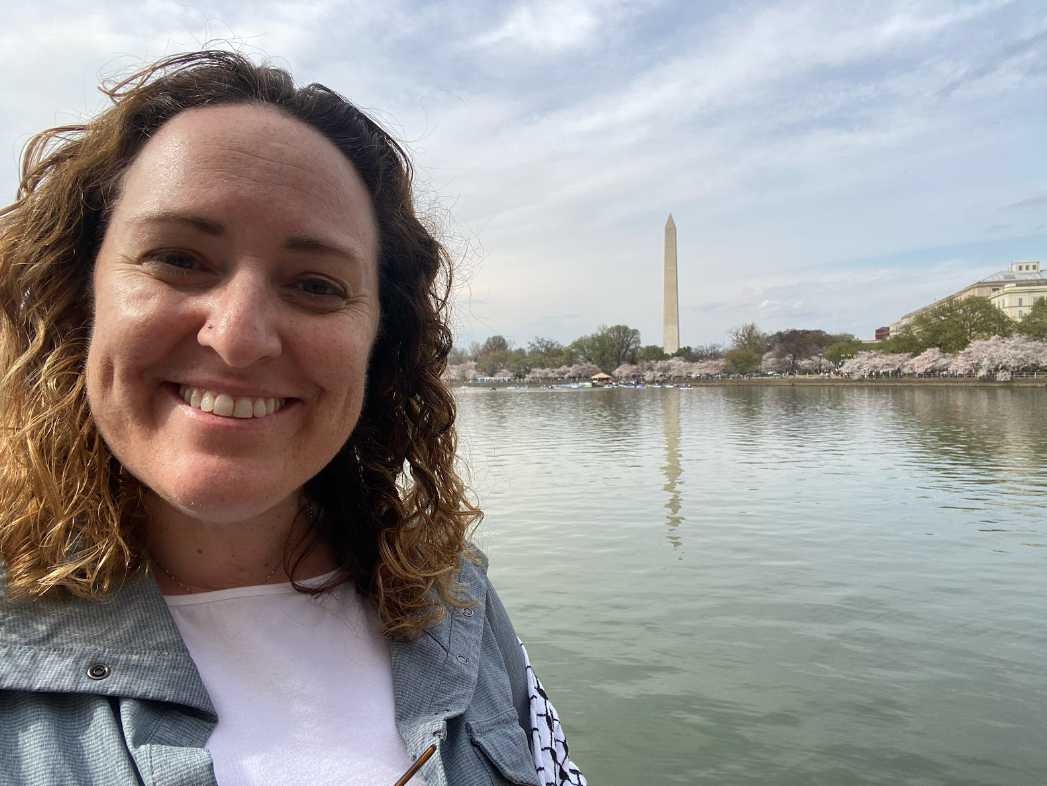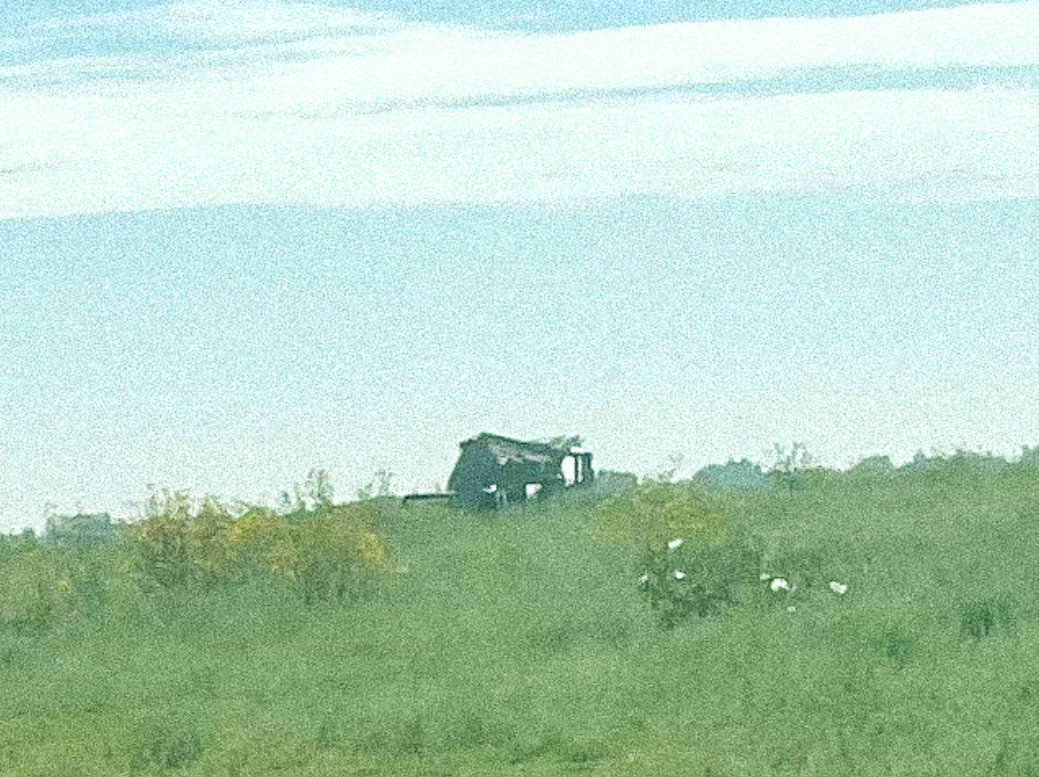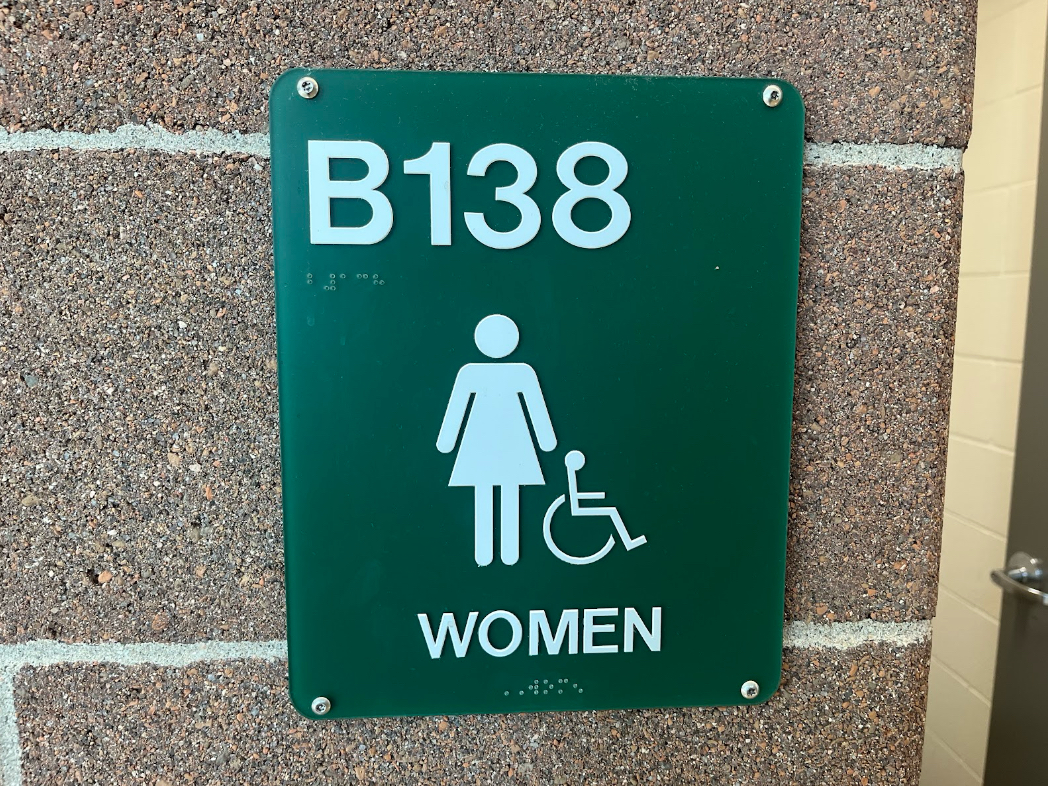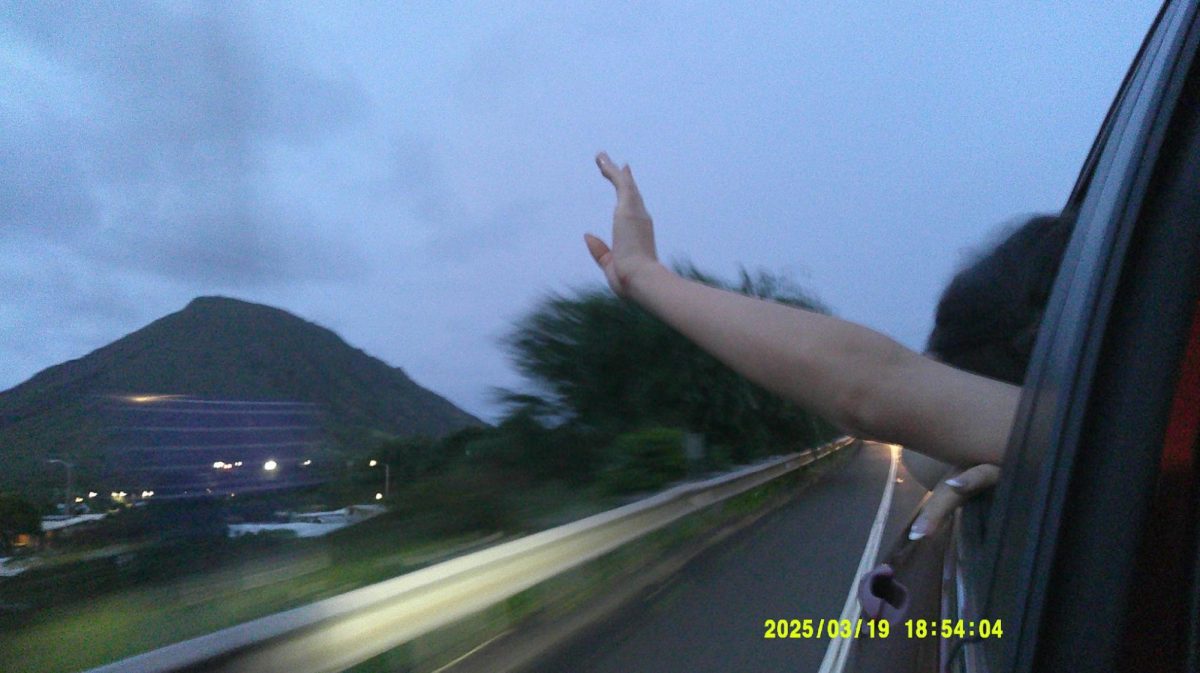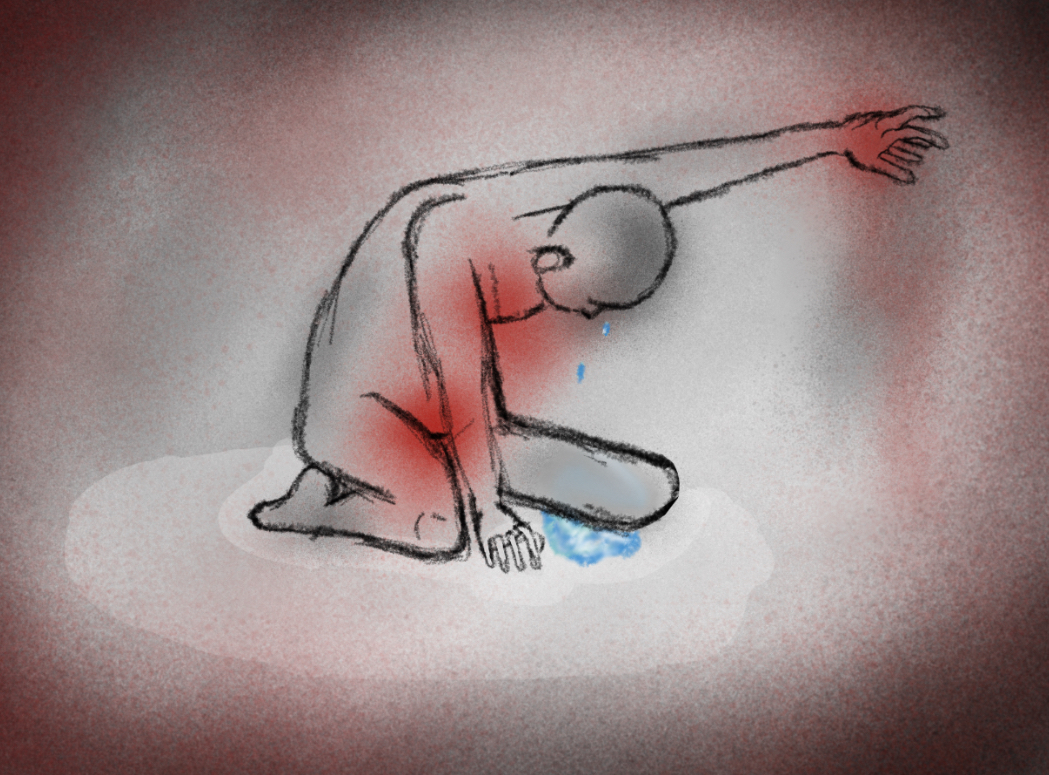As fall begins in Colorado, many of us enjoy the simple comfort of a warm home. However, not everyone can enjoy this basic necessity. Homelessness in the state of Colorado is rapidly increasing, indicated by 200 million dollars in additional spending for homelessness services and new shelters, along with a proposed land use reform law to increase housing supply.
While these are major plans to address homelessness and housing insecurity in the state, they may not be enough. Colorado’s number of people living in homeless shelters for more than a year increased by 266%, the highest rate of increase of any state in the nation, and that’s just the beginning of the problem.
According to a report by the Colorado Coalition for the Homeless, 53,000 Medicaid recipients were without stable housing. 32,233 had accessed homelessness services and 15,374 students were experiencing some form of homelessness. The federal government requires an annual homelessness count in each state. Tallying 10,397 people in Colorado, it’s considered an underestimate due to conflicting evidence that suggests the amount of people experiencing homelessness is larger than commonly accepted, especially when factoring in the many forms that homelessness can take.
In addition to that, the report finds that chronic homelessness, defined as having lived more than a year on the street while living with a disabling condition such as a physical disability or mental illness, has increased by 130%. Households and individuals plunge in and out of homelessness as they continue to regain and subsequently lose housing due to evictions, rent hikes, loss of employment, or other emergencies.
The National Low Income Housing Coalition found that to comfortably afford — defined as spending less than 30% of one’s income — a two bedroom apartment in Colorado, one would have to earn $32.13 an hour, more than double the state’s minimum wage. Combined with the towering cost of home ownership, Denver’s rent prices are the highest out of any major U.S. metro area, growing 71% faster than its wages and contributing in part to over half of the state’s low-income households being cost-burdened.
As wages stagnate and housing prices increase, it has become increasingly unaffordable for people in Colorado to secure stable housing. Colorado’s rent is more expensive than every state it borders. Costs have spiked in result of more than a quarter million people moving to the state every year. As this continues, households in financially precarious situations are thrusted into homelessness.
The same story seems to repeat across Colorado, with the unhoused population increasing by 43% from 2019-2021 in Grand Junction and by almost a third within just a year in Denver. Proposition 123, which appropriates 300 million dollars annually to affordable housing, passed last year, estimating that around 170,000 new units would be created as a result, enough to significantly address the lack of housing units in the state. Only time will tell if this comes true.
It may not seem apparent, but the homelessness crisis in Colorado is rising everywhere, and as housing becomes more inaccessible, that will only accelerate.

